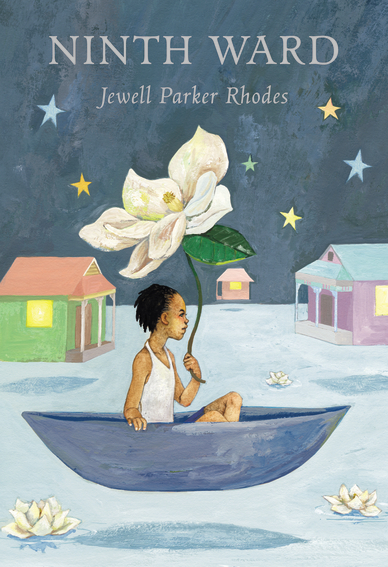 The portrait of Elisabeth Bas featured in August's Middle Grade Gallery hangs by the fireplace in the Disappointed House, as furnished by Emily Starr and Dean Priest during their ill-fated engagement in Emily's Quest by L.M. Montgomery. This is the third and final book in the Emily series, which isn't nearly as beloved as Montgomery's Anne series (or so I am forced to conclude, since no one guessed. Members of the Emily Starr Fan Club, please leave a comment).
The portrait of Elisabeth Bas featured in August's Middle Grade Gallery hangs by the fireplace in the Disappointed House, as furnished by Emily Starr and Dean Priest during their ill-fated engagement in Emily's Quest by L.M. Montgomery. This is the third and final book in the Emily series, which isn't nearly as beloved as Montgomery's Anne series (or so I am forced to conclude, since no one guessed. Members of the Emily Starr Fan Club, please leave a comment).
I didn't love Emily either, but I still like to reread the chapter of Emily's Quest dedicated to making over the Disappointed House (it's Chapter 9), inside and out. Montgomery describes everything, from the wallpaper in the living-room ("shadowy grey with snowy pine branches over it") to Emily's great-grandmother's wedding china (willow-ware) to the brass chessy-cat door knocker on the front porch door. And of course, the pictures: Lady Giovanna, Mona Lisa...and Elisabeth Bas.
Spoiler alert: Emily breaks off her engagement to Dean when she realizes that she still loves Teddy, and the Disappointed House is boarded up again. But years later, Dean gives the deed to the house and all it contains to Emily as a wedding gift. I can't imagine Emily and Teddy actually living there among Dean's things, but it's always been my House of Dreams.
Does anyone else remember the Disappointed House? Or, for that matter, Anne's House of Dreams (perhaps my favorite of the Anne books)? Which would you prefer?


